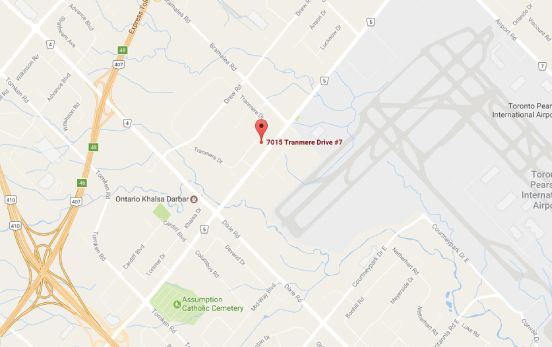Split Sleep

Split Sleeper Berth Rule
10 consecutive off hours can be split into two rest periods of 8 and 2 hours according to the split sleeper berth rule.
Purpose
Provides flexibility to the drivers in regards to their shift hours.
Requirements
- No more than 2 rest periods.
- At least 8 consecutive hours in sleep.
- 2 consecutive off hours
- These two hours can be part of sleeper berth, off duty or both.
Note: The rest period can be taken in any order.
Example: Explaining the split sleep in US:


After the first rest period, 2 consecutive hours off duty (6:00 AM to 8:00 AM), the driver will only get his rest of the unused hours back from his shift hours that started at 12:00 AM. So, in this scenario the driver will have 6 hours of drive time and 8 hours of on-duty.
After completing the second rest period, 8 consecutive hours of sleeper berth (4:00 PM to 12:00 PM), the drivers will not get their full 11/14 hours of drive/on-duty respectively but instead their shift will now start from the end of his first break (8:00 AM). New shift start time – 8:00 AM, 6 hours of driving (between two rest periods) have already used from 11 hours of driving. So, the available driving hours will be 5 hours.
Calculation of available hours after having both rest period:
Driving = (Total drive hours) – (driving hours from the start of new shift)
(11 hours) – (6 hours)
5 hours
On Duty = (Total on-duty hours) – (on-duty hours used from the start of the new shift)
(14 hours) – (6 hours)
8 hours
In Canada
Split sleep in Canada is same as in US. The only difference is that the total of the elapsed times before and after each sleeper berth period should not be more than16 hours.

Disclaimer- The rules and regulations are subject to change any time. Readers must verify with the authority, FMCSA / MTO and must not rely on the contents of this blog.


You must be logged in to post a comment.